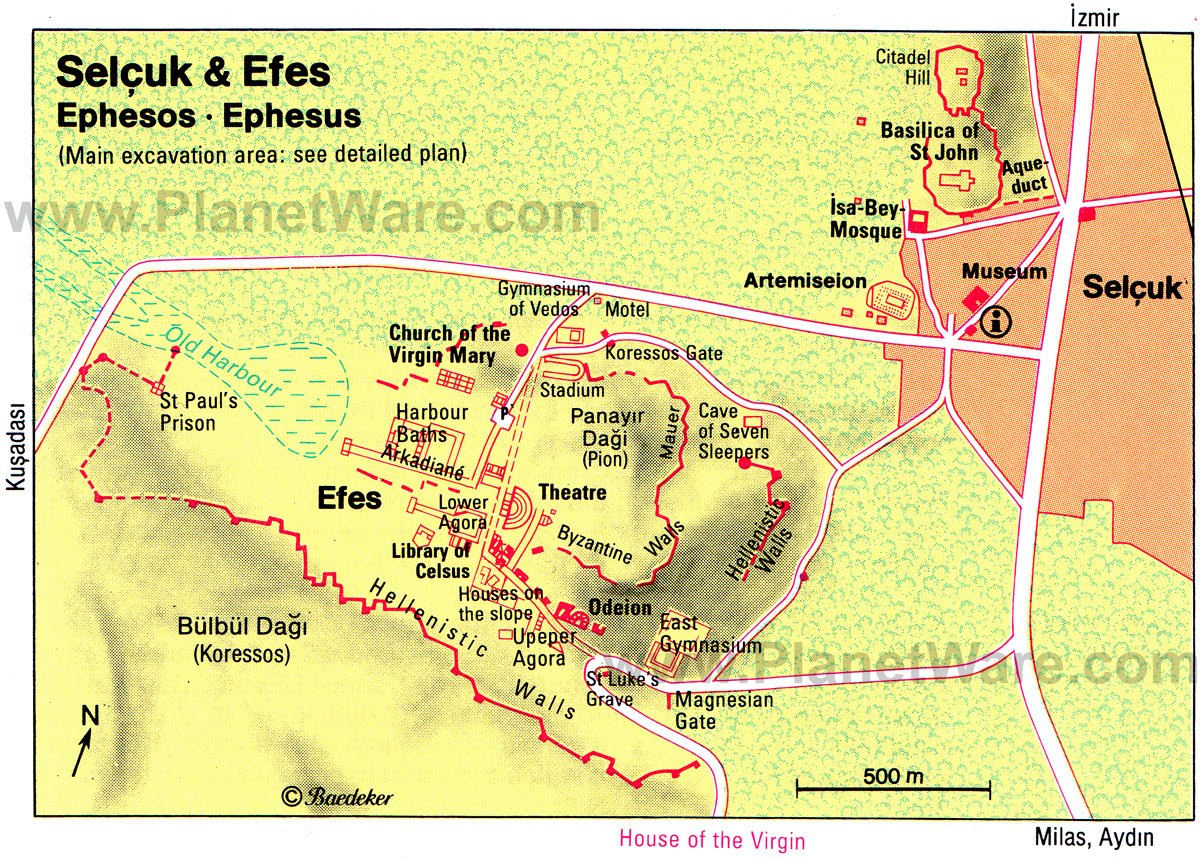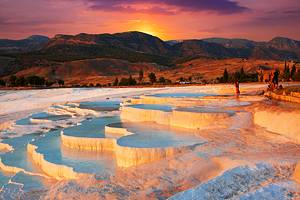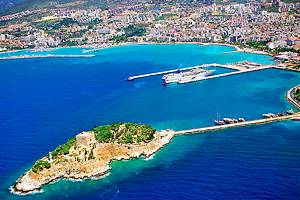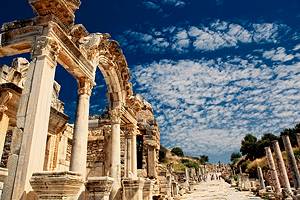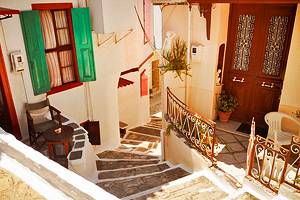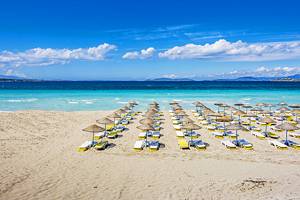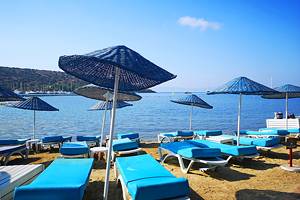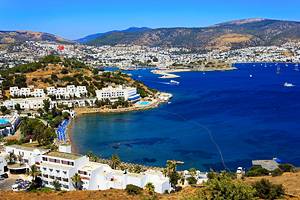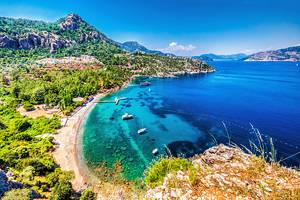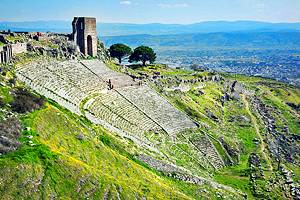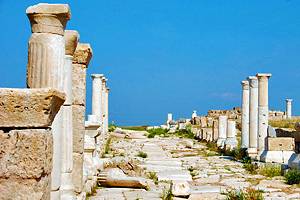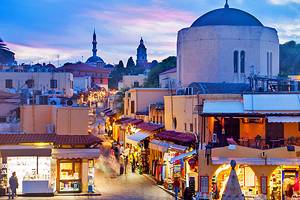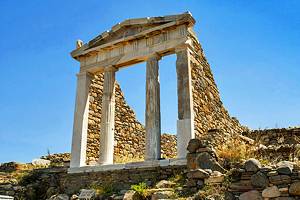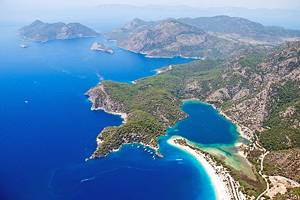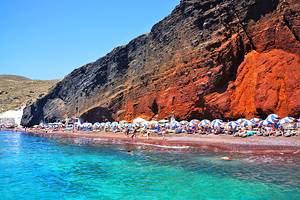Visiting Ephesus: Attractions
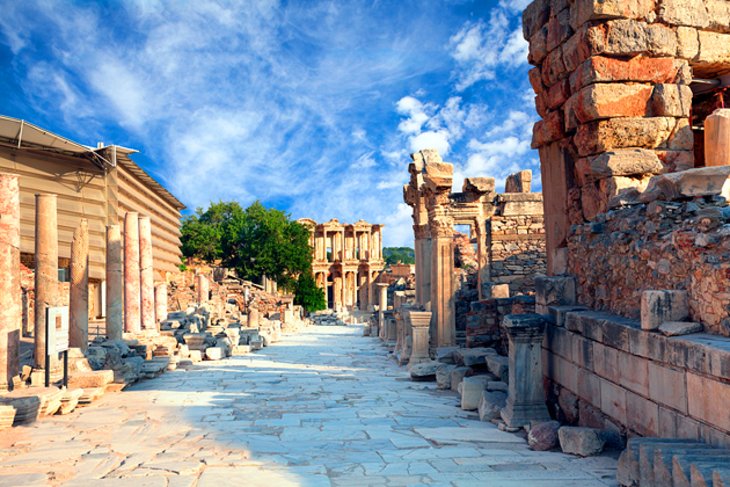
Of all the ruins and archaeological tourist attractions in Turkey, Ephesus is the most famous. Visitors from around the world come here to walk down the well-preserved Roman streets, gaze at the mighty monuments, and soak up the ancient soul of this ruined city.
Many travelers use the picturesque village of Selçuk (right beside the ruins) as their base, but you can also easily visit from the nearby seaside town of Kuşadası or the city of Izmir.
Wherever you base yourself, allow enough time to explore. The well-preserved state of the monuments makes this one of the best places to visit in the world to experience a Classical-era city.
You'll find plenty of things to do in Ephesus and so much history to absorb, and even a short tour of the highlights will take half a day.
History of Ephesus
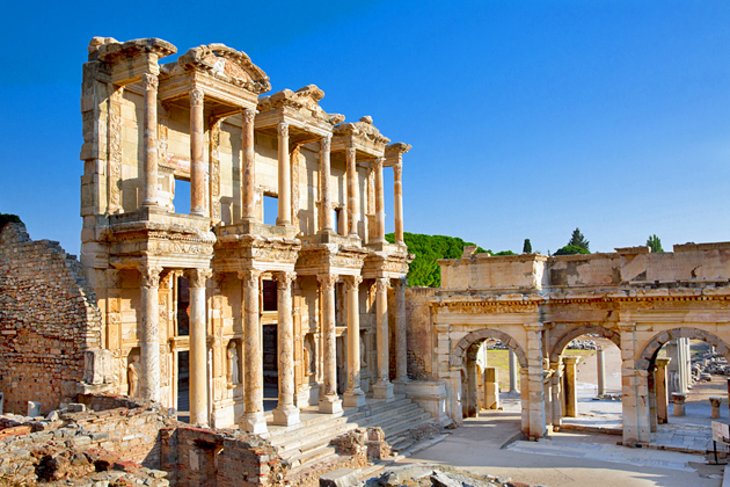
The Carians and Lydians were the earliest inhabitants of this region and probably responsible for first building a fortified settlement, open directly to the sea, on this site.
From the 11th century BCE onwards, this settlement became Hellenized by arriving Ionian Greeks.
Thanks to its excellent location on an inlet cutting deep into the land – at the end of a major trade route from the interior and on a fertile plain – Ephesus developed into a flourishing commercial city.
Under the Roman Empire (1st and 2nd centuries CE), the city continued its prosperity as the capital of the Roman province of Asia and became the largest city in the East after Alexandria, with a population of more than 200,000.
St. Paul preached here on his second missionary journey and later spent three years in Ephesus. The city's principal church was later dedicated to St. John, and during the Byzantine era became one of the great pilgrimage centers of Asia Minor.
In 263 CE, when the Goths destroyed the city on one of their raiding expeditions, it heralded the beginning of the city's slow decline, with the importance and size of Ephesus gradually dwindling due to the steady silting up of its harbor.
In the 5th century though, the city was still sufficiently important to be the venue of the Third Ecumenical Council (431 CE).
The capture and plunder of Ephesus by Tamarlane's Mongols proved to be the city's final act. Thereafter, the last surviving remains of the town were reduced to ruins during the bitter conflicts between the Seljuks and the Ottomans.
The Site
Gymnasium of Vedius and Stadium
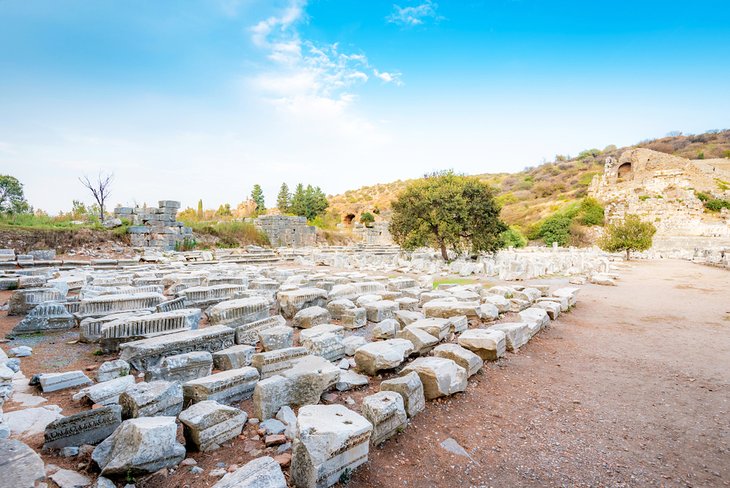
On the slope of the hill to the left of Ephesus is the Gymnasium of Vedius (2nd century AD).
You can see the remains of the palaestra (wrestling hall), a large rectangular building with an arcaded courtyard. The eastern half of the structure, built of brick faced with marble, is better preserved and shows interesting details of the internal arrangement.
Some 100 meters south of the Gymnasium of Vedius is the Stadium, which dates from the time of Nero (CE 54-68).
On the south side, the tiers of seating for spectators (their stone benches now missing) were hewn out of the hillside. At the semicircular east end was an arena, which could be shut off from the main part of the stadium and used, in the absence of a circus, for gladiatorial contests and fights between wild beasts.
Between the Gymnasium of Vedius and the Stadium, a marble-paved road ran east to the Koressos Gate of which some remains survive.
About 200 meters on the left along a modern road that runs south from the Gymnasium of Vedius are the remnants of a Byzantine building. Notable features are the large room, with semicircular niches on the south side, and the 50-meter-long apsed hall on the west side.
Church of the Virgin Mary
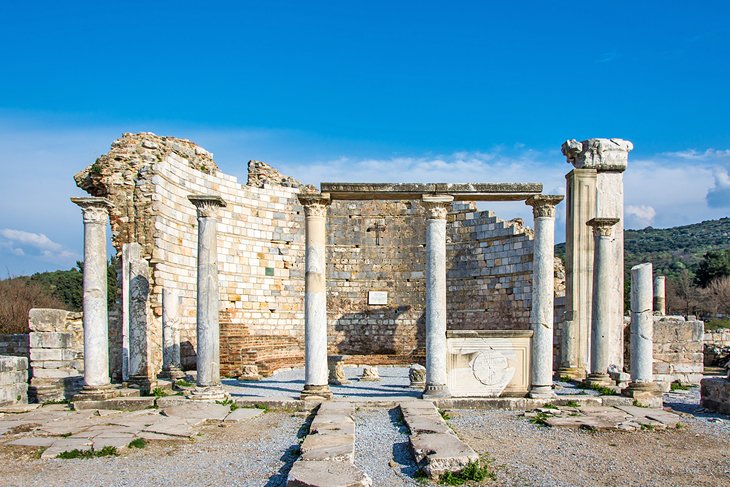
About 100 meters or so to the west of the Gymnasium of Vedius, to the right of the car park, are the 260-meter-long remains known as the Church of the Virgin Mary or the Double Church or Council Church.
This was the meeting-place of the Third Ecumenical Council in 431 CE. It was originally a museion (a center of research and teaching). A pillared basilica was inserted in the 4th century.
Square of Verulanus and Great Baths
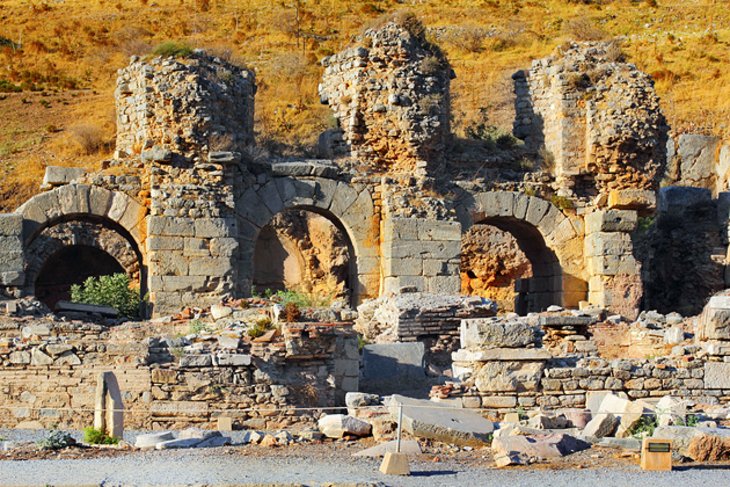
Immediately west of the theater gymnasium is a large complex of buildings, the plan of which is not easy to distinguish.
Nearest the gymnasium is the Square of Verulanus, a spacious, arcaded courtyard for the training of athletes, and beyond this is the harbor gymnasium which dates from the Early Empire.
This consisted of a number of buildings grouped around a central courtyard. On the north and south sides of the courtyard were two magnificent marble halls measuring 16 meters by 32 meters, with columns and niches for statues.
Immediately beyond this were the great baths or harbor baths, built in the 2nd century CE and sumptuously rebuilt in the reign of Constantine the Great in the 4th century.
Arkadiane
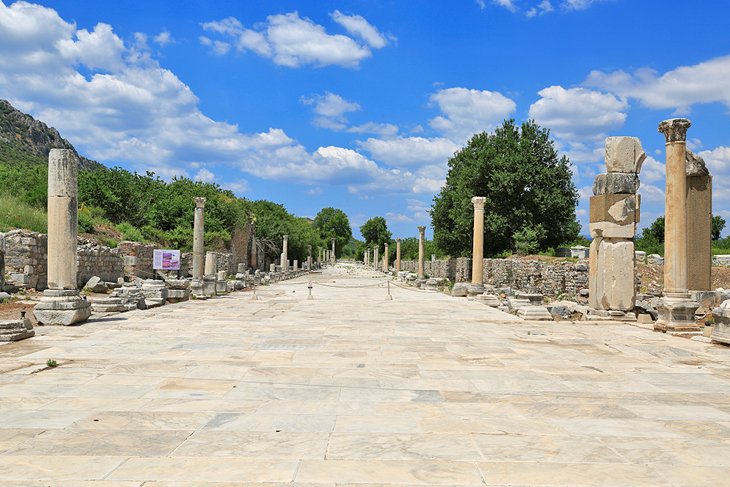
To the west of the baths lay the old harbor, now an area of marshy ground.
Immediately south of this group of buildings is the Arkadiane, a fine arcaded street running east from the harbor to the Great Theater which stood facing a long square.
The effect of this magnificent avenue, built by Arcadius (the first Eastern Emperor) around AD 400, was further enhanced by an elaborate gate at either end.
Great Theater
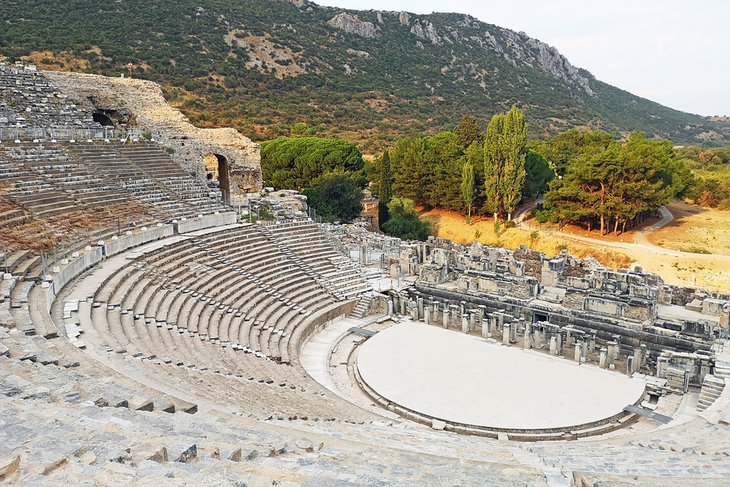
Construction of the Great Theater of Ephesus began in the reign of Claudius (41-54 CE) and was completed in the reign of Trajan (98-117 CE).
It is particularly impressive, both for its great size and for the excellent state of preservation of the orchestra and the cavea.
Local legend says it was here that St. Paul preached against the cult of Artemis and inveighed against the guild of silversmiths responsible for its shrines.
The theater's cavea consists of three by 22 tiers of seating, divided into sections by 12 stairways, could accommodate an audience of some 25,000.
The theater has been undergoing an extensive restoration and has only recently reopened to visitors. Work is ongoing on the cavea's top seating tier, which remains inaccessible. When finished though, if you climb to the top, there is a fine view extending down to the old harbor.
There were also staircase tunnels leading to the upper tiers. The stage wall was originally three-stories and 18 meters high but is now preserved only to the height of the lowest story. It was elaborately articulated, with columns, niches for statues, and richly decorated cornices.
In the west terrace wall is a Hellenistic fountain-house in the form of a temple in antis, which in spite of its ruinous state is notable for the clarity and simplicity of its structure.
Lower Agora
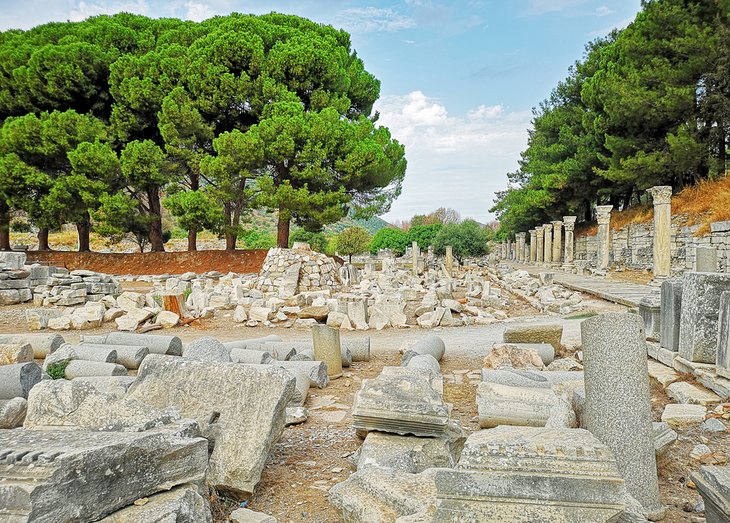
Southwest of the Great Theater is the lower agora, a spacious square, 116 meters each way, from which a colonnaded street leads west.
The agora (market square) has been only partly excavated and was a 3rd-century rebuilding of an earlier structure. The use of stone from earlier buildings gives an interesting variety of detail. It was surrounded by a double colonnade housing shops and offices, with a set-back upper story on the east side.
On the south side of the colonnaded street, steps lead up to a colonnaded square. Here, you'll find the colossal Serapeion, the temple of the Egyptian god Serapis.
Along the 29-meter-long facade of the temple were monolithic columns, 15 meters high, with Corinthian capitals. The cella was entered through a massive doorway, with doors moving on wheels.
In Byzantine times, the Serapeion was converted into a Christian basilica.
The Library of Celsus & Gate of Macaeus & Mithridates
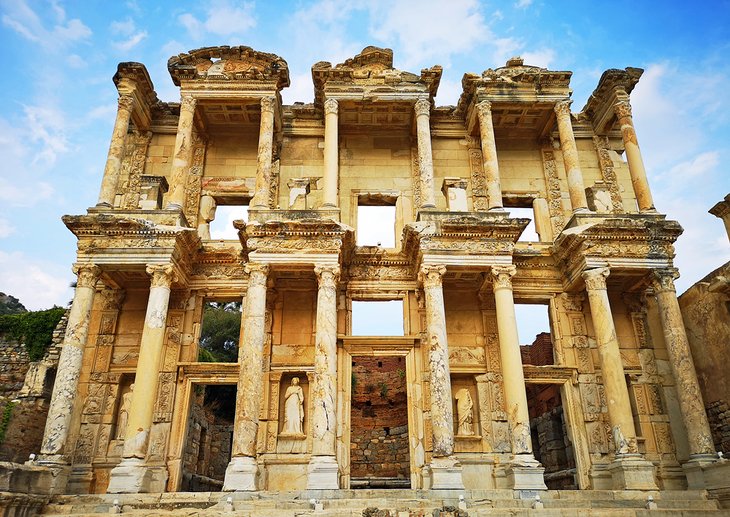
At the southeast corner of the lower agora and colonnaded street is the restored Gate of Macaeus and Mithridates, so named in an inscription. The gate leads into a small square lying below street-level, home to Ephesus' most famous monument.
The imposing two-story facade of the Library of Celsus, with its rather crowded columns and prominent cornices, was re-erected in the 1970s by Austrian archaeologists. The library itself was originally three stories high and entirely faced with colored marble. Along the rear wall was a series of rectangular niches for holding parchment books and scrolls.
Below the central niche is a grave-chamber with the Sarcophagus of Titus Julius Celsus Polemaeanus, Governor of the province of Asia, in whose honor his son built the library in the early 2nd century CE.
Terraced Houses Complex
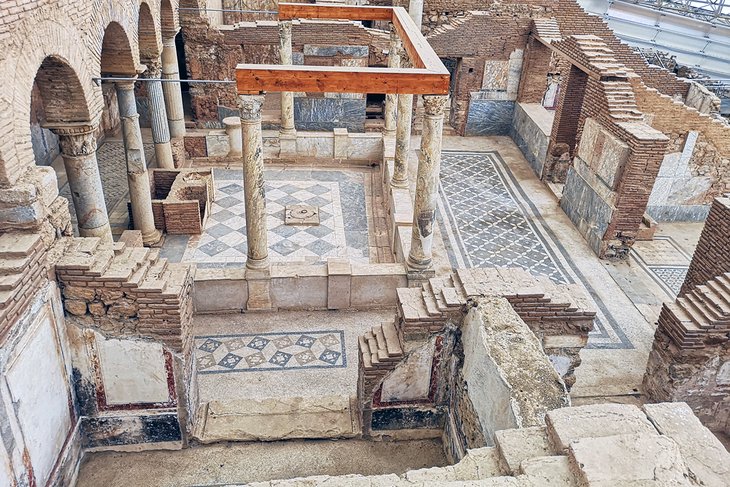
Southeast of the lower agora and the Library of Celsus, the marble-paved street, flanked by numerous impressive public buildings, continues as the Street of the Curetes, climbing uphill towards the upper agora.
On the western side of the lower half of the street is the terraced house complex, where excavations have revealed intricate mosaic floors and frescoed walls. The complex has been roofed to preserve the mosaics and frescos, and inside, a glass-floor walkway winds through the complex, so that you can look into the rooms from above. There is an additional ticket fee to enter.
Street of the Curates
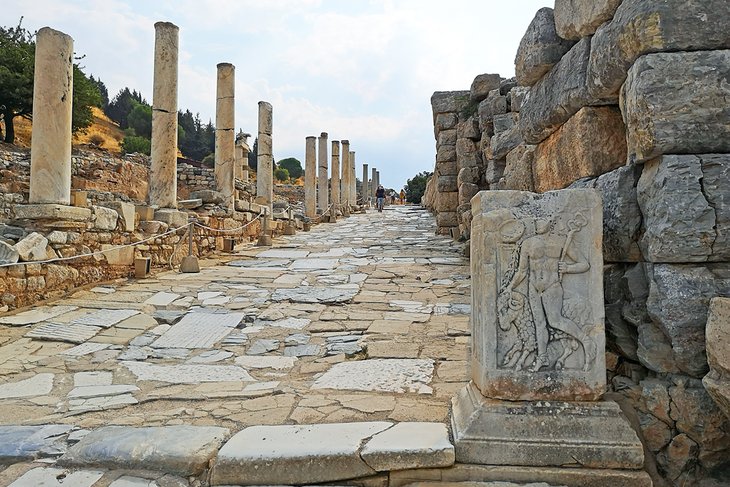
Among the many different buildings on the eastern side is a small temple with an inscription showing it was dedicated to the Emperor Hadrian (CE 117-38) and the remains of the Baths of Scholastica, which were once an impressive seven-stories high. Originally built in the 2nd century, they were rebuilt during the Byzantine period by a Christian woman named Scholastica.
Higher up the slope of the hill, at the point where the Street of the Curates bends farther southeast are the bases of the propylaion, a 2nd-century gate from which a street, continued by a stepped lane, led south to Mount Koressos.
On the east side of the propylaion is the octogan, a monumental tomb with an eight-sided superstructure, surrounded by a Corinthian colonnade, with a stone bench on a square marble base.
Higher up, on the southwestern slopes of Mount Pion, are a two-story rotunda on a square base, with Doric half-columns around the lower story and free-standing Ionic columns around the upper story. Probably this, like the Octagon, was a hero's tomb.
Past the Fountain of Trajan (nymphaeum) and the Gate of Hercules, the street bears right to enter the so-called Square of Domitian.
Temple of Domitian & Pollio Monument
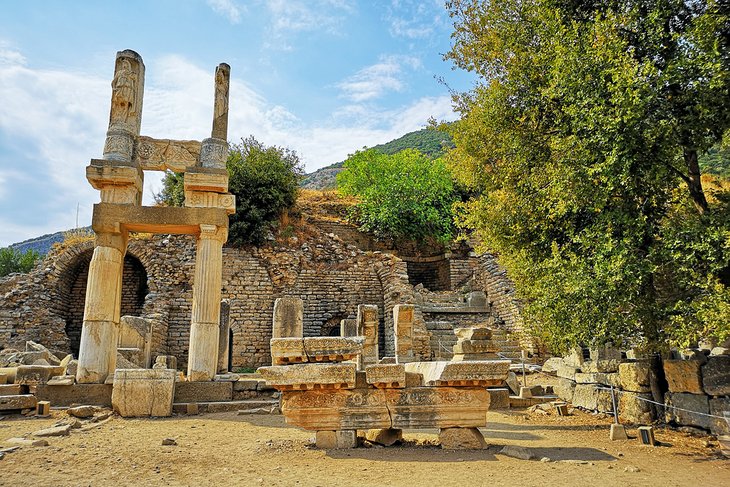
Above the square rises the massive substructure of the Temple of Domitian erected by the province of Asia in honor of the Emperor (CE 81-96).
To the east of the Temple of Domitian in Ephesus extends the state agora, with a Temple of Isis and a hydreion (water tower), which collected spring water flowing down from the hill.
On the north side of the state agora is the site of the Pollio monument, where figures of Artemis (now in Selçuk's Ephesus Museum) were found during excavation.
Odeon & State Agora
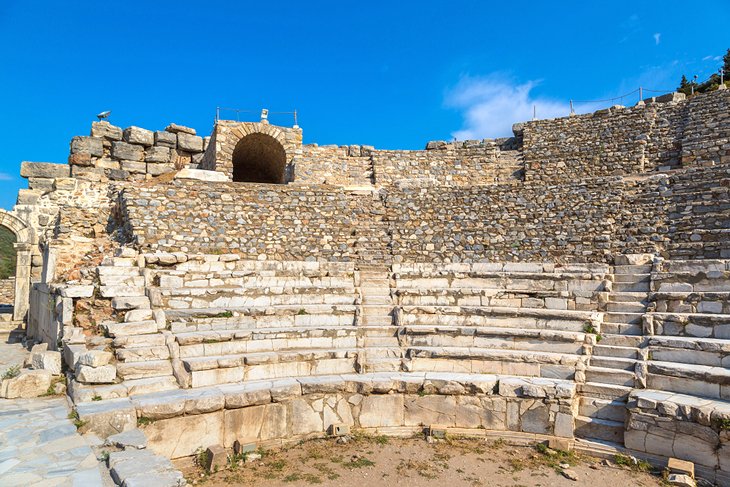
East of the Pollio monument and the Temple of Domitian is the state agora and the semicircular structure of the odeon, built by Publius Vedius Antonius in the 2nd century CE.
In the odeon, the lower tiers of marble benches are original; the rest are reconstructions. The auditorium of this little theater or concert hall had seating for an audience of 1,400.
Since there is no provision for the drainage of rainwater, it is assumed that the odeon was roofed, probably by a wooden structure spanning the 25-meter width of the auditorium.
From the state agora, the old main street of Ephesus continues to the eastern entrance of the excavation site, ending outside the enclosure at the three-arched Magnesian Gate, the starting-point of the road to Magnesia on the Maeander River.
At the bend in the road is the base of a circular Roman structure, wrongly called the Tomb of St. Luke, which was converted into a church in Byzantine times by the addition of an apse and a porch.
Eastern Gymnasium
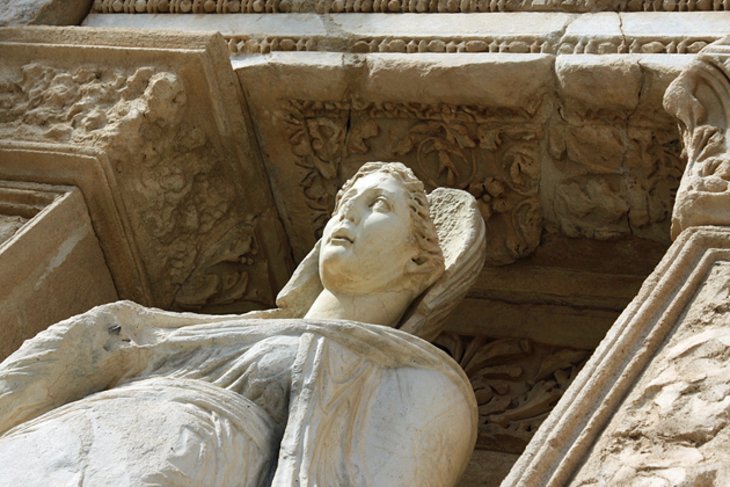
Immediately north of the Magnesium Gate are the imposing ruins of the Eastern Gymnasium.
Like the other three gymnasia in Ephesus, this is a large rectangular building with several magnificent halls and a palaestra. Since many statues of girls were found on the site, it is also known as the Girls' Gymnasium.
How to Get to Ephesus
- It's a pleasant walk from Selçuk, if it's not too hot. Otherwise, catch the local minibus from Selçuk's bus station, which shuttles to and from Ephesus' lower gate every 20 minutes, or take a taxi.
- Full-day guided tours are available from both Izmir and Kuşadası.
More Related Articles on PlanetWare.com
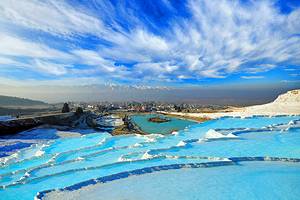
In the Area: There is plenty to do around Ephesus. The lovely town of Selçuk has Roman and Byzantine ruins, including St. John's Basilica and the Ephesus Museum. Kusadasi is a nearby resort town with beaches and a castle, and inland, Pamukkale is a famed natural formation of blazing white calcite terraces.
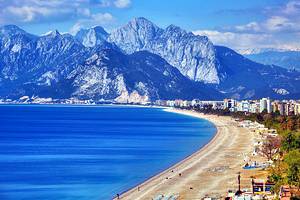
Along the Coast: After Ephesus, head south down the Mediterranean coastline for more phenomenal ruins and some of Turkey's finest beaches. Fethiye is a bustling harbor town within easy day-tripping distance to both excellent beaches and an entire swag of archaeological sites, including the ancient Lycian capital of Xanthos. Antalya has a beautifully restored old town district, as well as sand, and Aspendos is a vast Roman site most famous for its massive theater (the biggest the Romans built in Asia Minor).
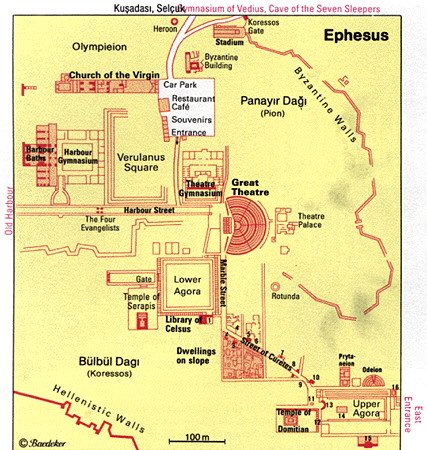
- (1) Market Gate (Gate of Macaeus and Mithridates)
- (2) Byzantine Fountain
- (3) Octagon
- (4) Brothel
- (5) Temple of Hadrian
- (6) Baths of Scholastica
- (7) Fountain of Trajan (Nymphaeum)
- (8) Gate of Hercules
- (9) Hydreion
- (10) Monument of Memmius
- (11) Square of Domitian
- (12) Museum of Inscriptions
- (13) Fountain of Pollio
- (14) Temple of Isis
- (15) Fountain-house
- (16) Temple of Varius
- Church of the Virgin
- Great Theater
- Lower Agora
- Library of Celsus
- Marble Street
- Odeion
- Prytaneion
- Street of Curetes
- Square of Verulanus
- Upper Agora
